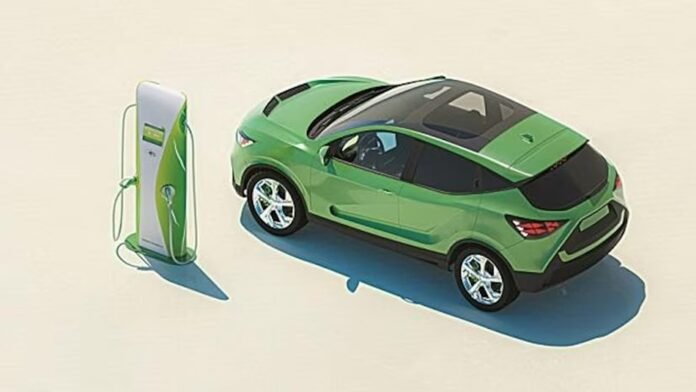The entire supply chain of electric two-wheelers (e2W) in India is experiencing significant strain as the government takes a hardened stance on subsidies. The evolving policy landscape and reduced support for e2W subsidies have created challenges for manufacturers, suppliers, and other stakeholders within the industry.
The government’s subsidy programs have played a crucial role in promoting the adoption of electric vehicles, including e2Ws, by making them more affordable for consumers. However, recent developments indicate a shift in the government’s approach, with a firm stance on reducing or eliminating subsidies in this sector.
This change in policy has resulted in uncertainty and added pressure on the e2W supply chain. Manufacturers are grappling with increased costs as they try to absorb the reduction in subsidies, impacting their profit margins and overall competitiveness. Suppliers, too, are facing challenges as demand for components and parts decreases, leading to potential disruptions in the supply chain.
The implications of this subsidy hardening are not limited to manufacturers and suppliers alone. Dealers and retailers of e2Ws are also affected, as the reduced incentives may impact consumer demand and purchasing decisions. This, in turn, can have a cascading effect on the entire value chain, including service providers and support infrastructure for e2Ws.
The industry stakeholders are now compelled to reassess their strategies and business models in light of the changing subsidy landscape. This may involve exploring alternative avenues for cost reduction, such as optimizing production processes, sourcing components from alternative suppliers, or exploring partnerships to drive economies of scale.
While the subsidy reduction may pose short-term challenges, it also presents an opportunity for the e2W industry to adapt and innovate. Manufacturers and suppliers can focus on improving product efficiency, enhancing performance, and driving down costs through technological advancements and research and development initiatives.
Furthermore, the government’s decision to reduce subsidies reflects a broader objective of promoting sustainable growth in the e2W sector. It aims to encourage self-sufficiency and foster a competitive market where e2Ws can stand on their own merits without relying heavily on subsidies.
To navigate these challenging times, industry stakeholders must engage in constructive dialogue with the government to understand the rationale behind the subsidy reduction and collaborate on finding alternative ways to promote the adoption of e2Ws. This can include exploring policy measures such as tax incentives, infrastructure development, and consumer awareness campaigns.
The e2W supply chain in India is experiencing strain as the government takes a firm stance on reducing subsidies. This has led to challenges for manufacturers, suppliers, and other industry stakeholders. However, this policy shift also presents an opportunity for innovation and self-sustainability within the e2W industry. Collaborative efforts between the government and industry players will be vital in navigating these changes and ensuring the long-term growth and viability of the e2W sector in India.



